It’s midday and the high sun has sapped the colour from the dry, dusty hills sloping down to the sea. Against a backdrop of wan blue sky, the ragged stone profile of Hagar Qim squats resolutely under a protective sail. This crumbling megalithic temple is one of the main reasons we’ve come to Malta – at 5,500 years old, it’s extraordinary that it still exists. But as Malta’s history goes, this is just one highlight in a long and epic saga, the evidence of which can still be seen throughout the islands of this tiny sea-bound nation.
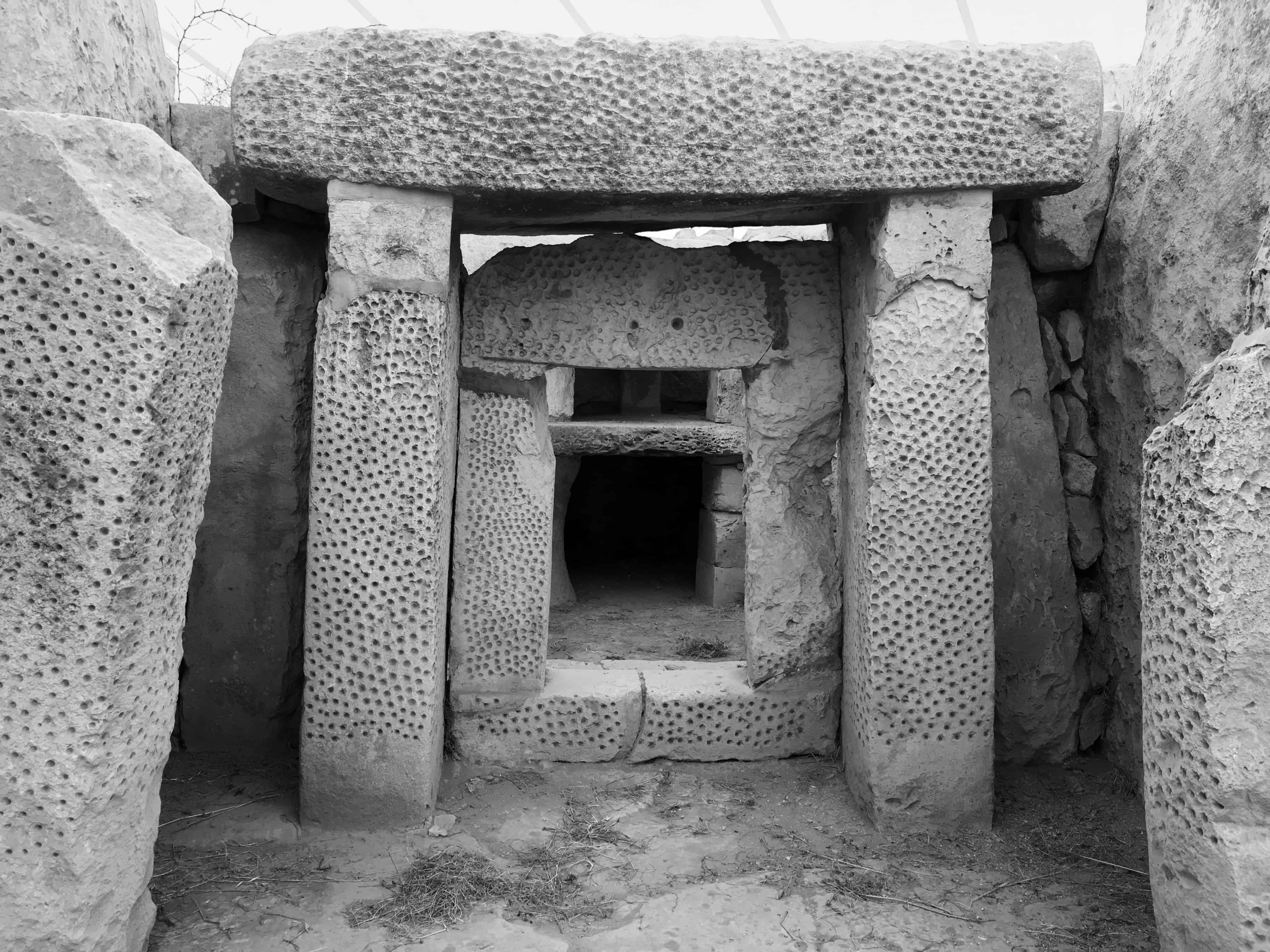
Malta’s strategic location in the Mediterranean has made it a prize for just about as long as humans have been on the move around the region. Today’s hordes come armed with beach towels and coconut oil. But in the past, the islands experienced wave after wave of conquer and rule, from the Phoenicians, Carthaginians, Romans and Byzantines to Arabs, Normans, Napoleon and finally, the English (who, having discovered a place with sun and cold beer, don’t appear to have ever left, despite Maltese independence in 1964).
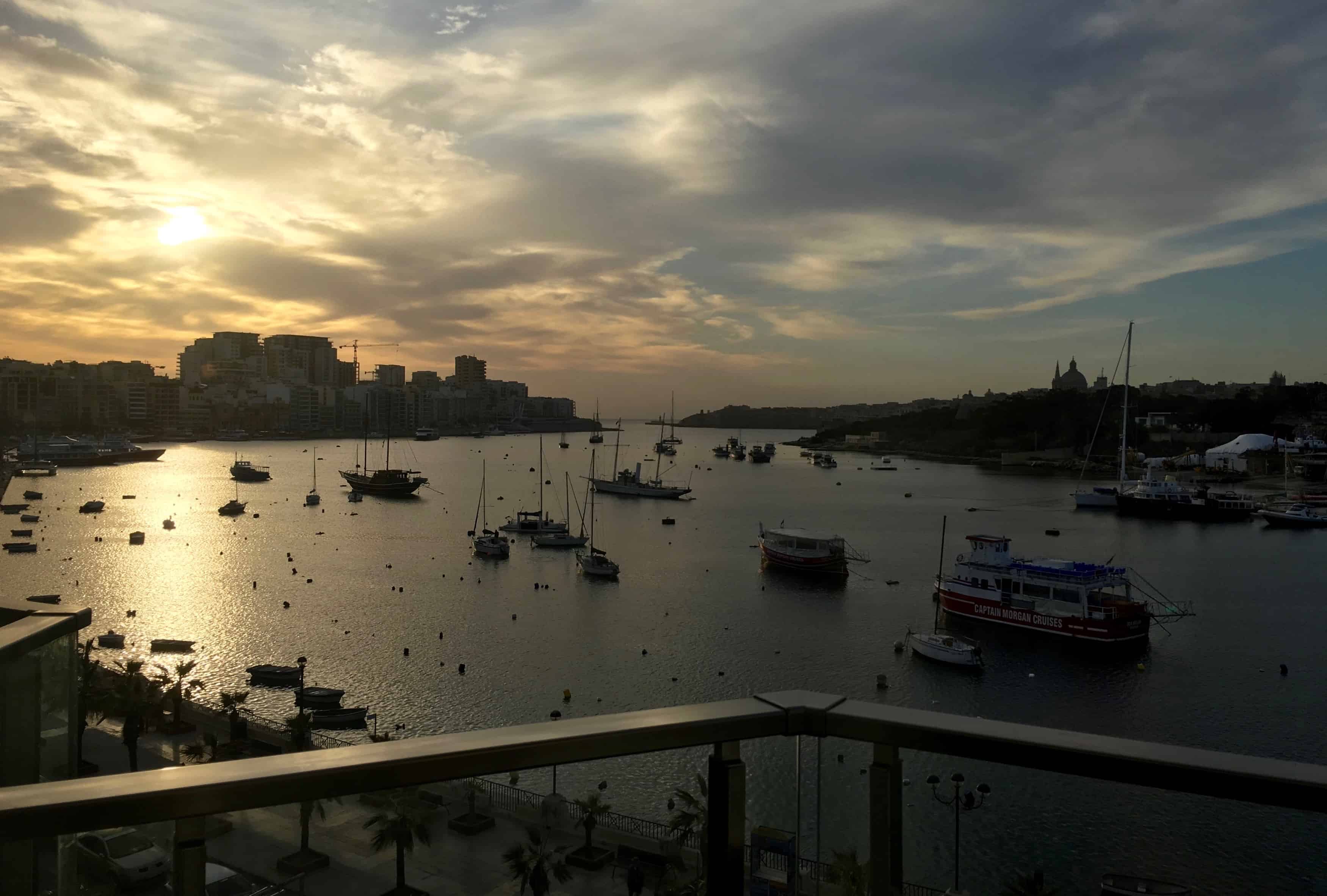
Hagar Qim is just one of many sites on our hit list as we drive, bus, ferry, clamber and scuba our way around the islands of Malta and Gozo over the next two weeks. We barely scratch the surface. But we do come away with a strong sense of the country’s turbulent past, and the blended culture that’s emerged. We also realise on reflection that our favourite experiences – a mix of the popular and slightly off-beat – actually boil down into a neat, potted history of the country, a time travel introduction in nine fascinating sites:
1. An underground graveyard of extinct animals
We start our journey in Malta’s distant past, some 500,000 years ago, when river seepage created the Ghar Dalam Cave, into which a large number of animal remains were swept and slowly buried over millennia. Within the cave’s rocky layers, archaeologists have found evidence of extinct dwarf elephants and hippopotamus, bear and deer, giant turtles and dormice, as well as 7,400-year-old evidence of human settlement, the earliest on the island.
You can wander about a third of the 144 metre cave, then admire the vast collection of bones excavated in the late 1800s and displayed in the museum since the 1930s. There’s a newer museum as well with a touch more educational insight, but I’m partial to the Victorian bone room with its row after row of ancient knuckles, knees and teeth.
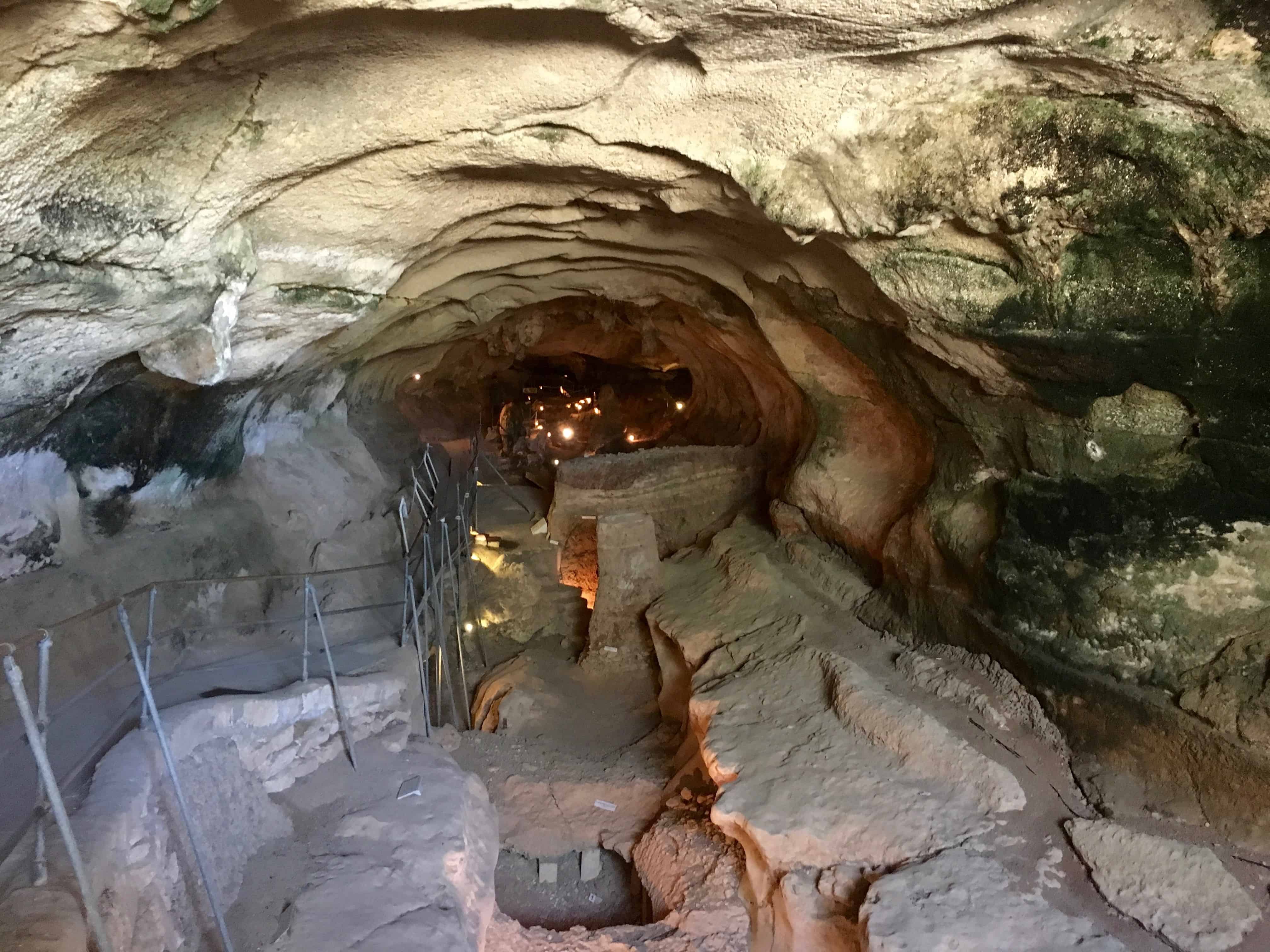
2. The temples built by giants
Enigmatic and enduring, Malta’s Neolithic monuments are a feat of ancient engineering. There are a handful of these epic constructions on both Malta and Gozo, seven of which have been listed as World Heritage. We visit three sites, including the imposing temples of Ggantija on Gozo.
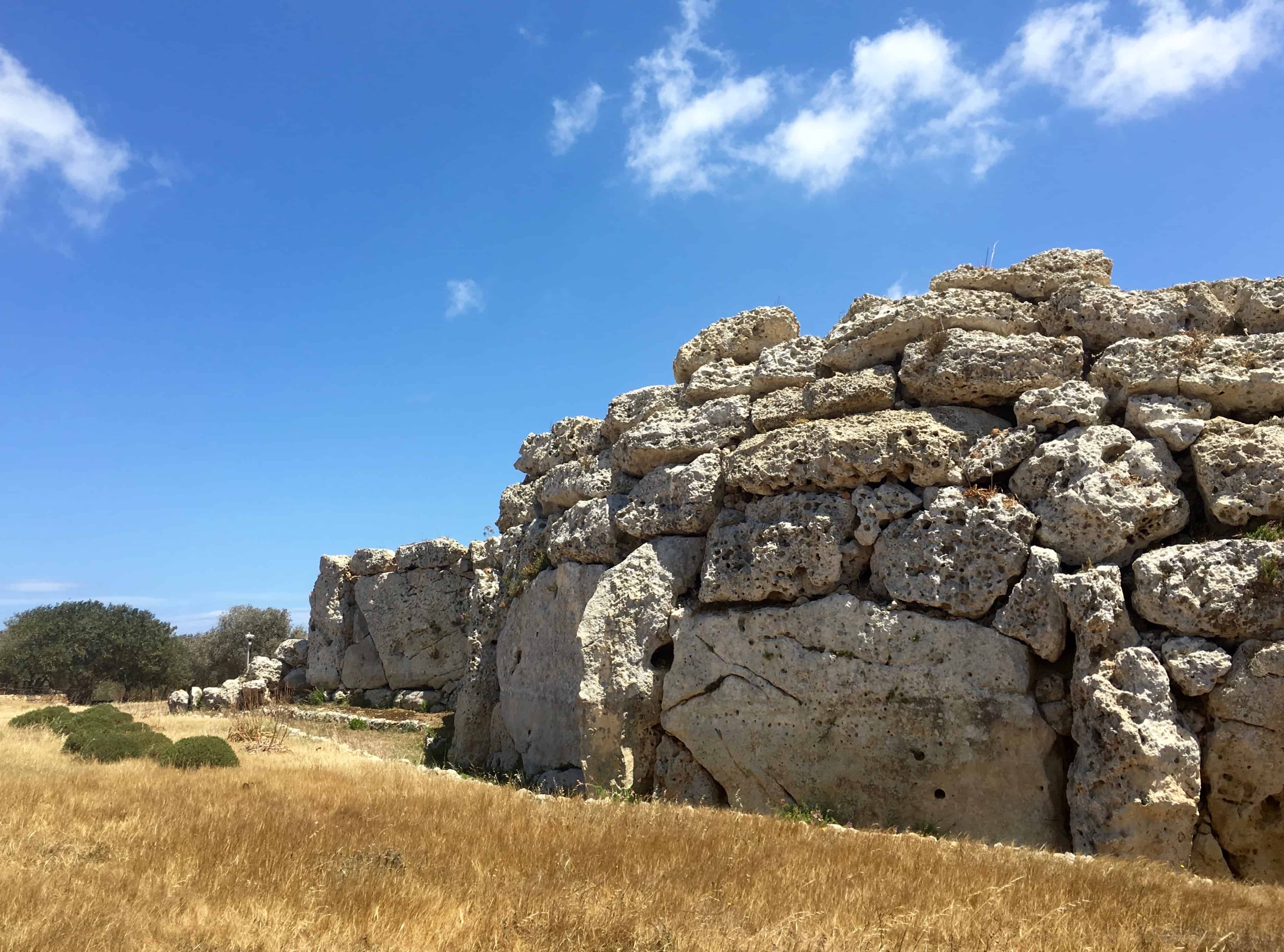
Built more than 1,000 years before the Great Pyramid of Egypt, these are Malta’s oldest temples, dated to 3,700-3,200BC. Along with the islands’ other megalithic sites, they’re said to be the world’s oldest free-standing structures made by man. Unless the Maltese fables are true and giants were actually responsible; with one stone at Hagar Qim weighing nearly 60 tonnes, it doesn’t seem so far-fetched.
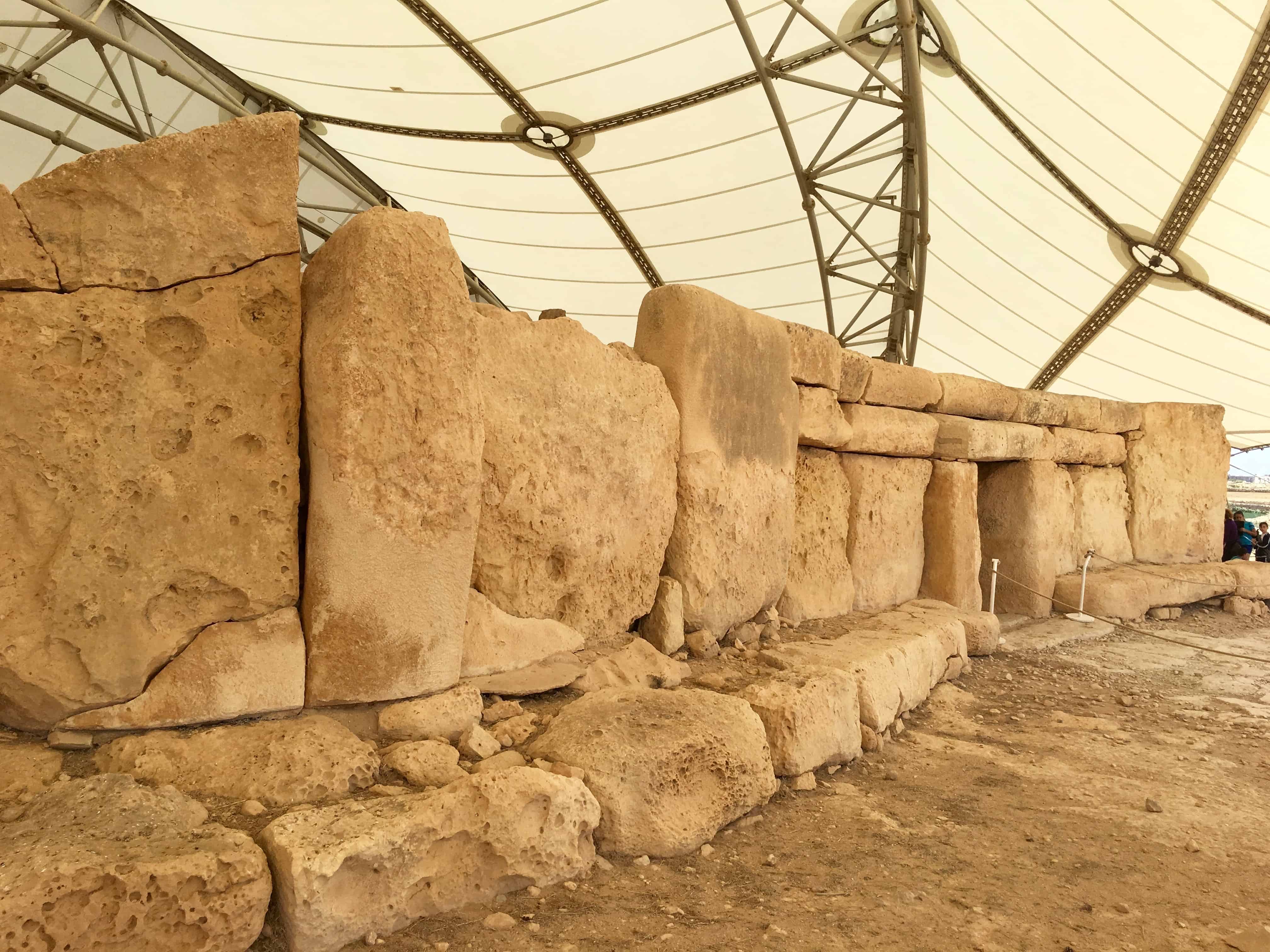
In reality, not much is known about the builders of these elegant temples. Apart from small sculptures of a voluptuous mother goddess and beautifully crafted stone carvings that can be seen in the Museum of Archaeology in Valletta, there’s little to tell their story. The museums at Hagar Qim and Ggantija both take what is known however and create a vivid picture. Find a quiet spot in one of the curved temple apses and imagine away.
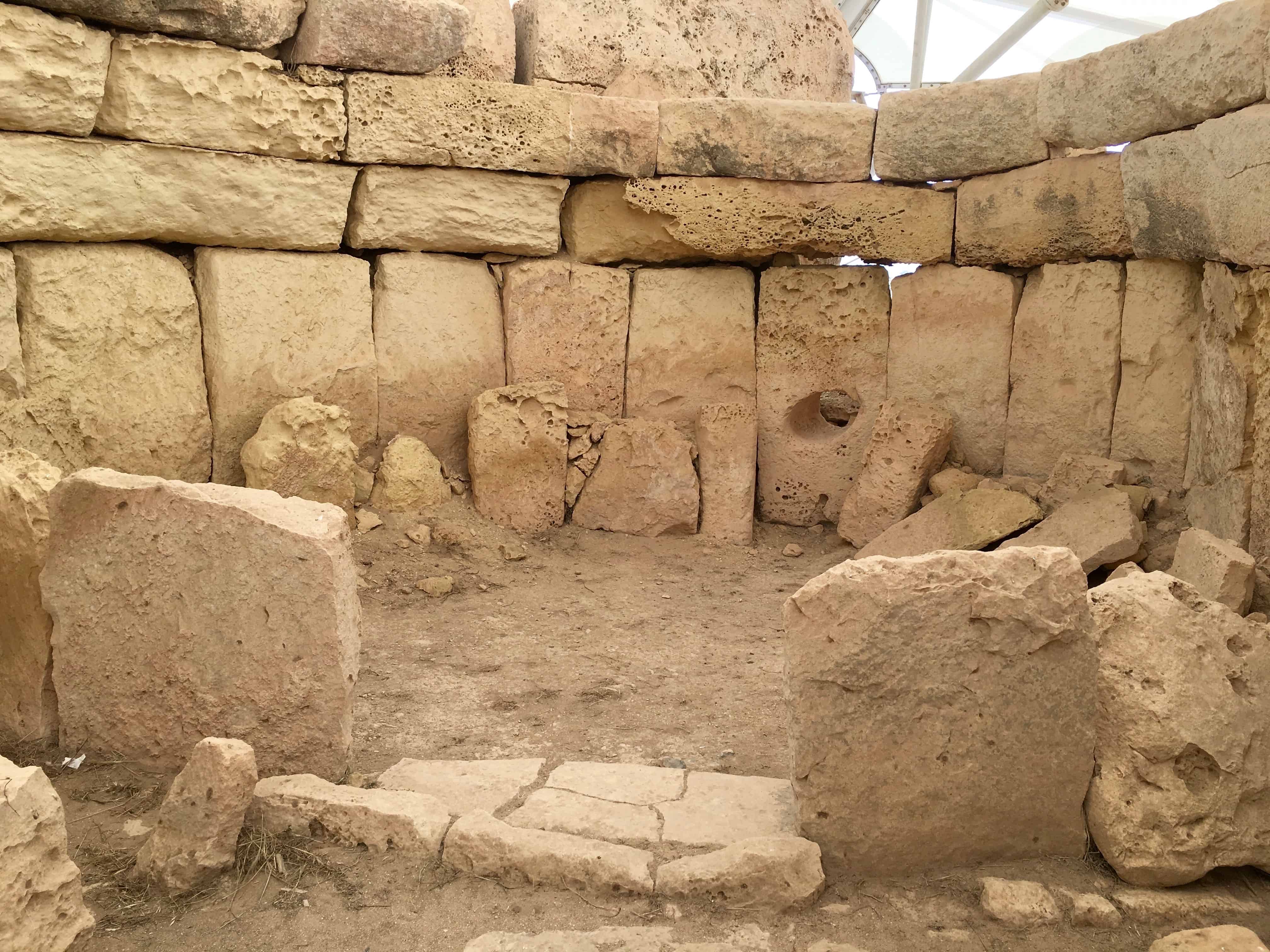
3. The cart tracks to nowhere
For years, Malta’s network of stone-gouged tracks had everyone scratching their head. These deep grooves cut through the limestone at a number of sites on both Malta and Gozo. Their age is hotly debated: many archaeologists date them to the Bronze Age, around 2,000BC. Theories on their creation have ranged from transport sleds to irrigation channels but testing in 2009 pinpointed wooden cart wheels on wet stone as the culprit.
We search out some ruts at a place called Misrah Ghar il-Kbir, nicknamed Clapham Junction by an Englishman who, according to Wikipedia, was reminded of the criss-crossing rails at the eponymous station in London. It takes us a while wandering a crusty, dry field to spot any tracks, but we’re impressed when we do. Until a couple of dogs start barking at us and we beat a hasty retreat to the car.
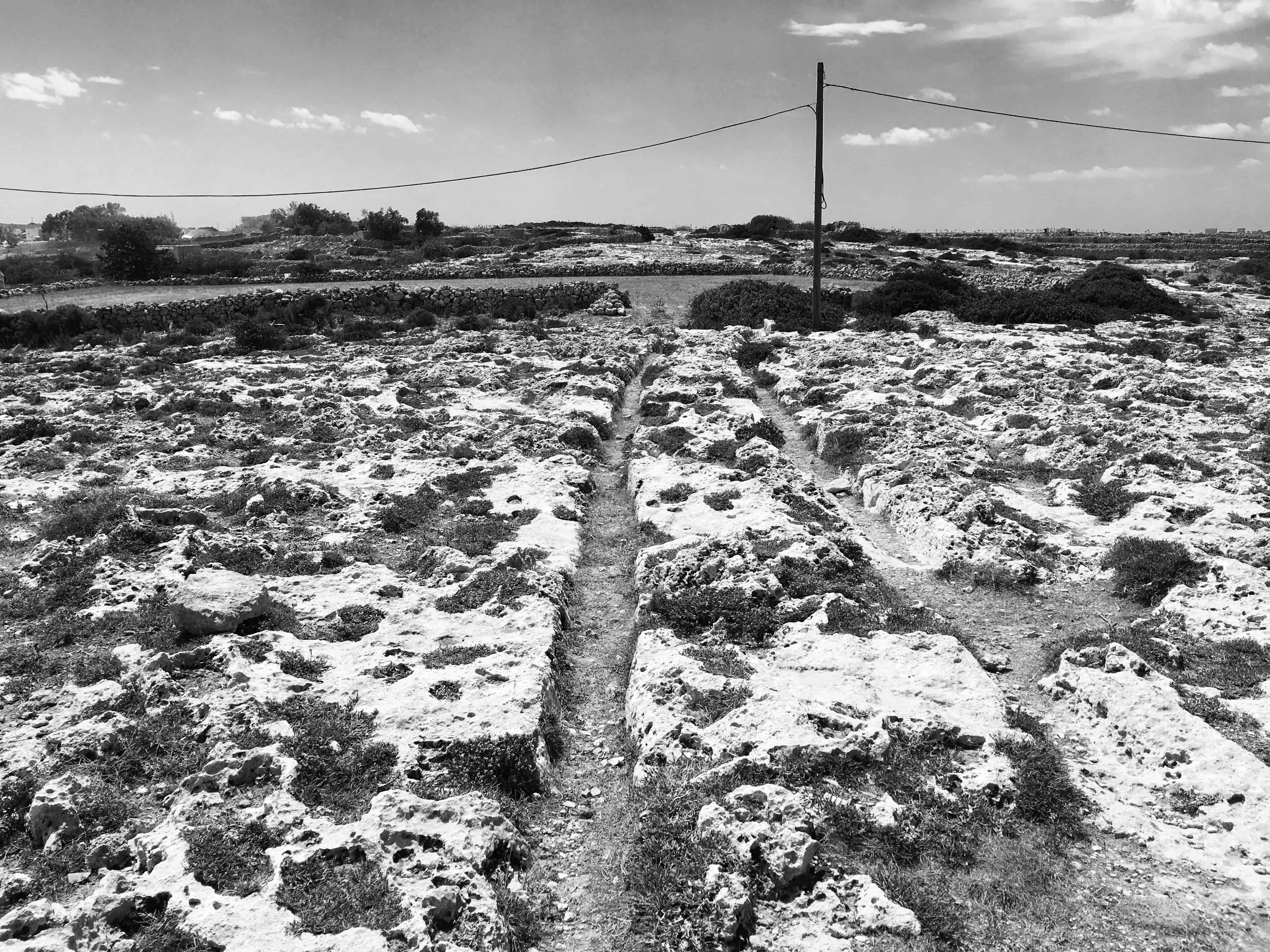
4. The house where rich Romans lived
The ruins of the 1st century AD Domus Romana are tucked between two roads separating the old cities of Rabat and Mdina on Malta. Once the home of an aristocratic family in the ancient Roman town of Melite, little remains of the house itself, but the mosaic floors of the peristyle courtyard and its surrounding rooms have survived the ages largely intact and are worth the visit all on their own.
Buried over time, the site was repurposed as a Muslim cemetery during the 11th century, when Malta was ruled by the Fatimid Caliphate. Today, the excavated house is a museum where you can see the mosaics in situ along with the artefacts, statues and cemetery sarcophagi found at the site.
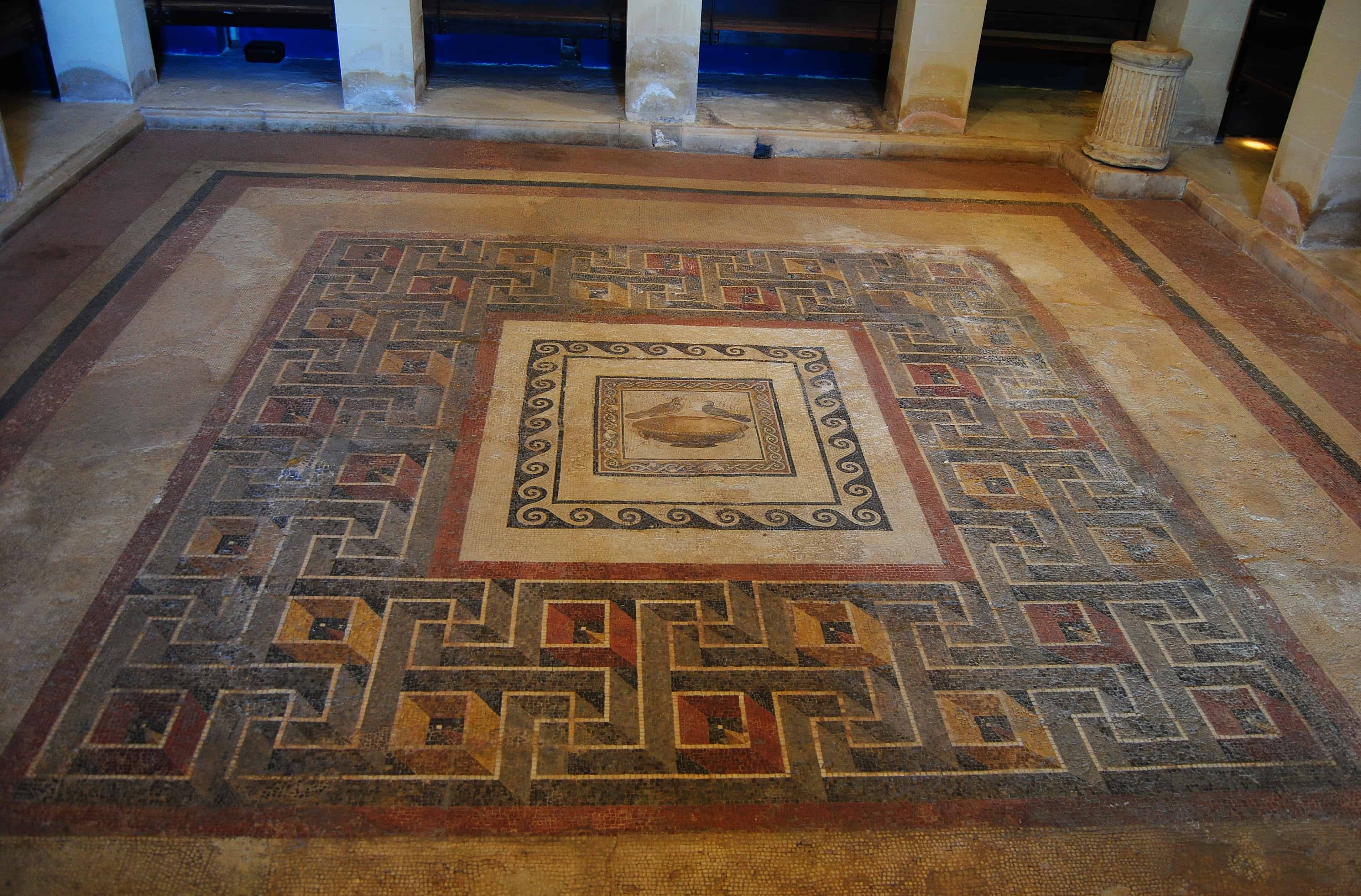
5. Miles of underground catacombs
Christianity arrived in Malta in a literal storm: tradition has it the Apostle Paul, en route to Rome to face trial as a rabble-rouser, was shipwrecked on the island in 60AD. For several hundred years from around the 3rd century, Christians – alongside Jews and Pagans – buried their dead in an ever-expanding network of underground chambers outside the Roman city walls.
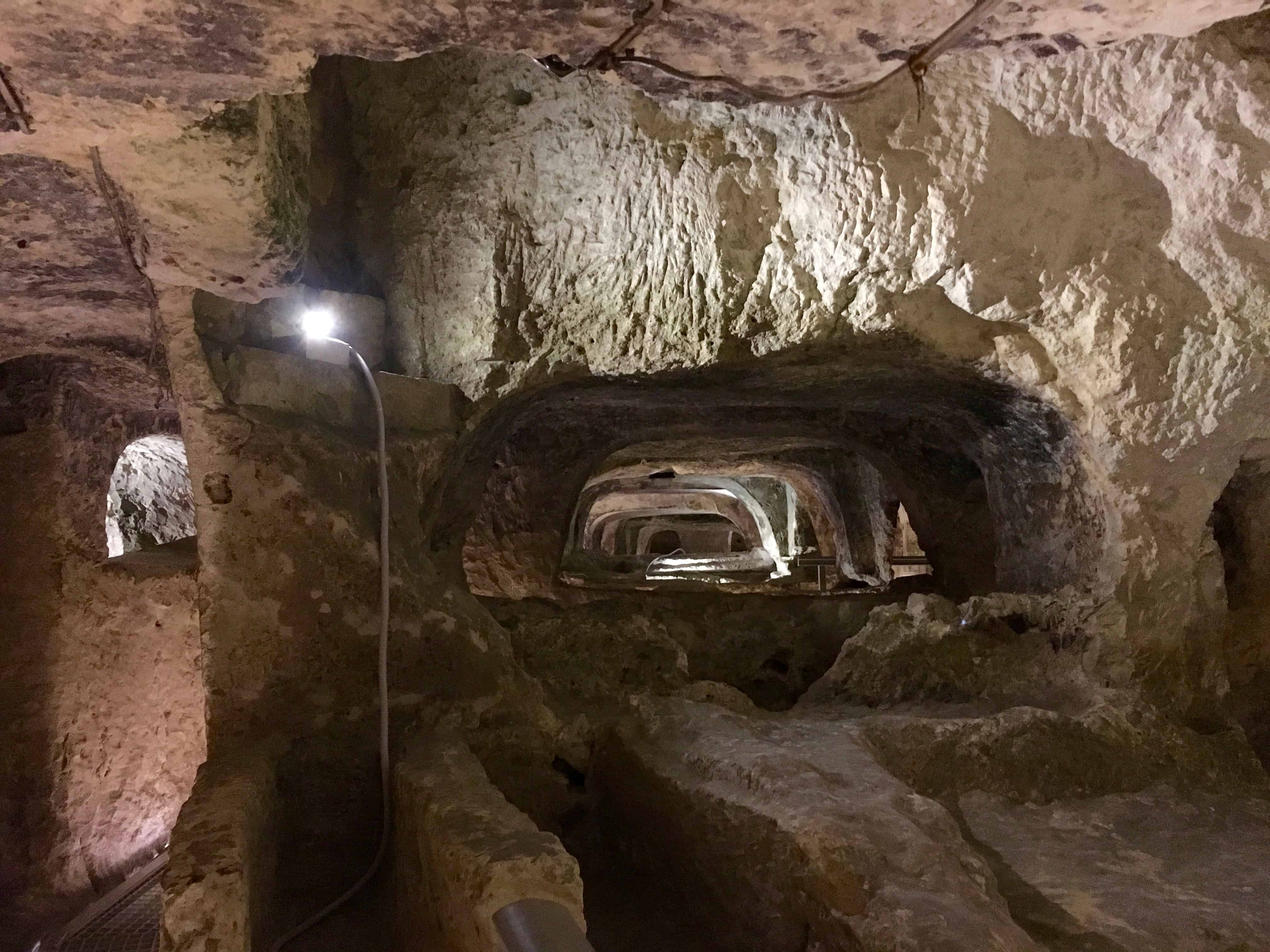
We visit St Paul’s Catacombs in Rabat on Malta, a large complex of underground passages and chambers covering some 2,000 square metres. The tombs are empty these days but it’s still an eerie place. Look out for faded frescoes and the circular ‘tables’ carved into the rock, where families could gather and feast to remember their dead. Not our first choice for a wake, but then, times have changed.
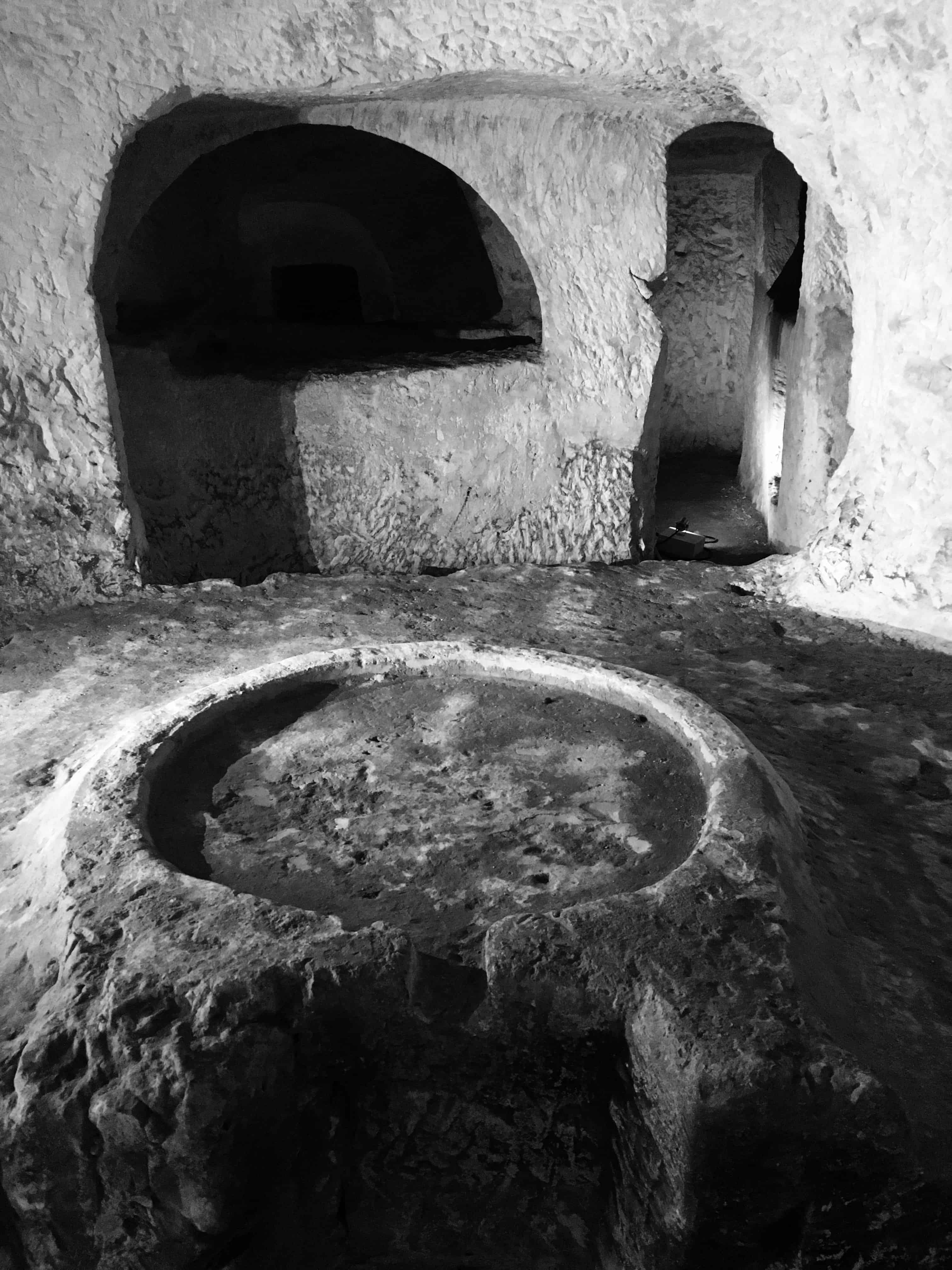
Food alert: On your way back from the catacombs, stop by the tiny hole-in-the-wall bakery Crystal Palace for a traditional savoury Maltese pastizzi with mushy peas, chicken or cheese – delicious!
6. A bedazzling house of worship
We’re already in awe at the Baroque beauty and commanding fortifications of World Heritage Valletta, the golden capital built by Malta’s Knights of St John. But words abandon us when we enter the dazzling expanse of the 16th century St John’s Co-Cathedral, the religious heart of the Knight’s Order. This must be Europe’s standard bearer for high Baroque decor; I’m tempted to shade my eyes against the kaleidoscope of gold leaf, fresco and marble mosaic covering every surface.
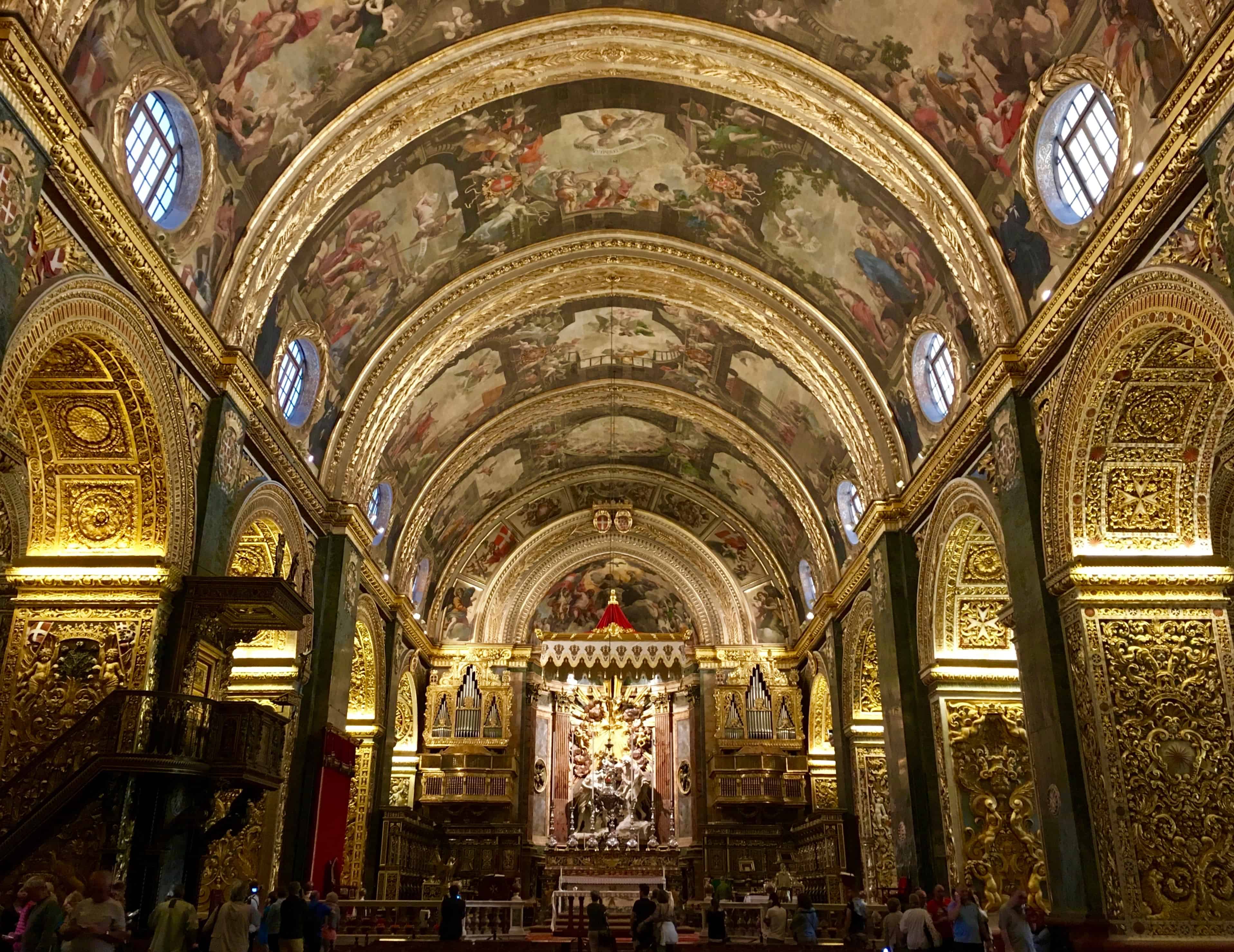
During the 17th century, the church was redecorated with the help of art-world heavyweights like Mattia Preti and Caravaggio, who painted two works for the Knights – including his largest ever altarpiece – before his notoriety caught up with him and he was forced to flee once more. This church is art-attack material; explore with caution.
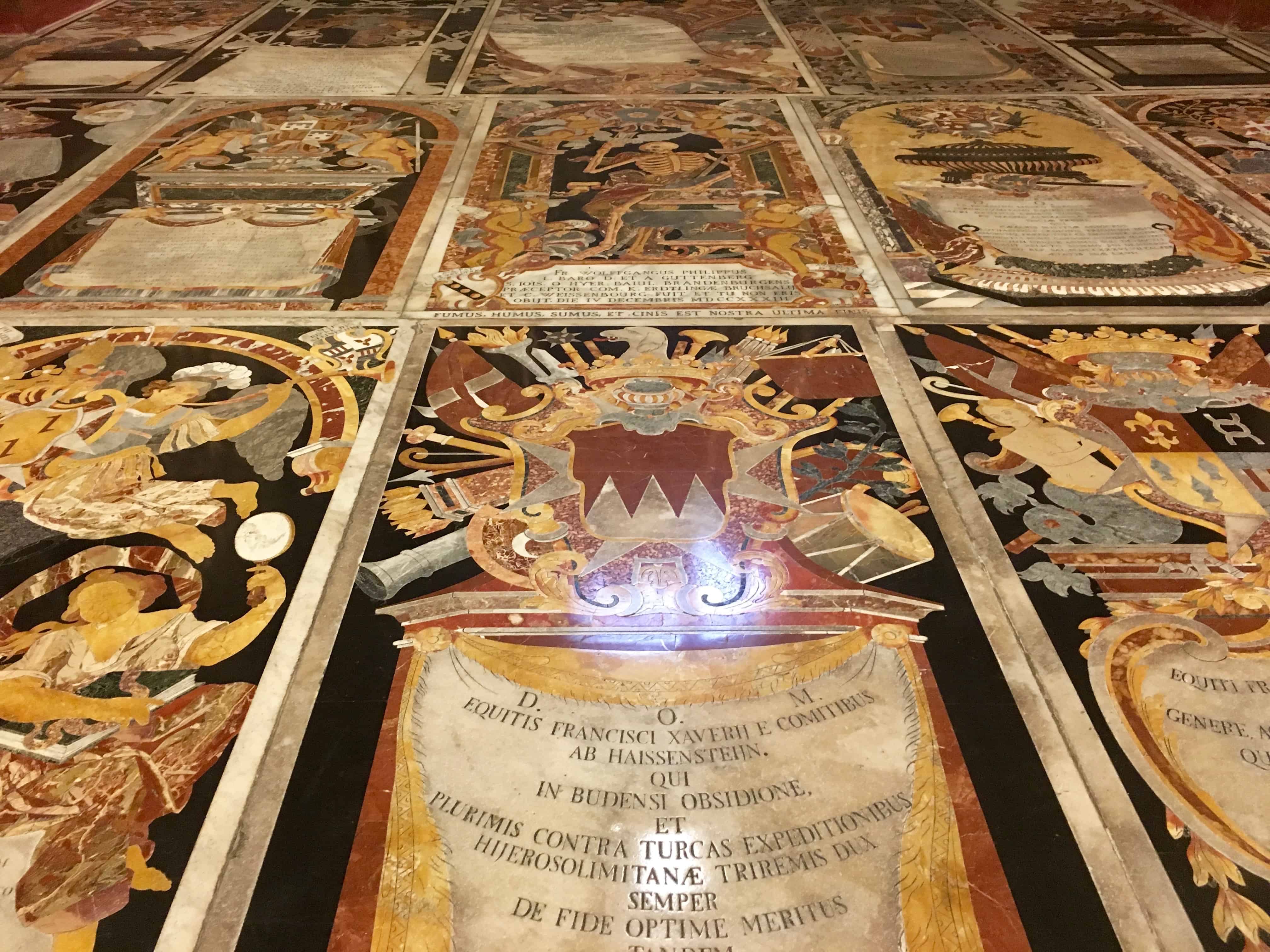
Random fact: St John’s shares its bishop’s seat with St Paul’s Cathedral in Mdina. For this reason, it’s called a ‘co-cathedral’.
7. A graffiti-covered gaol
Tucked away within the sheer stone walls of Victoria’s Citadella on Gozo is the Old Prison, a network of six small cells and a larger common cell. While many might overlook this little corner in favour of the citadel’s imposing cathedral, or the 360-degree panoramas from the fortress ramparts, the prison offers a touch of Malta’s human past: graffiti covers the walls of the cells and common areas with pictures of ships, Christian and Maltese crosses, outlines of hands, names, dates and more.
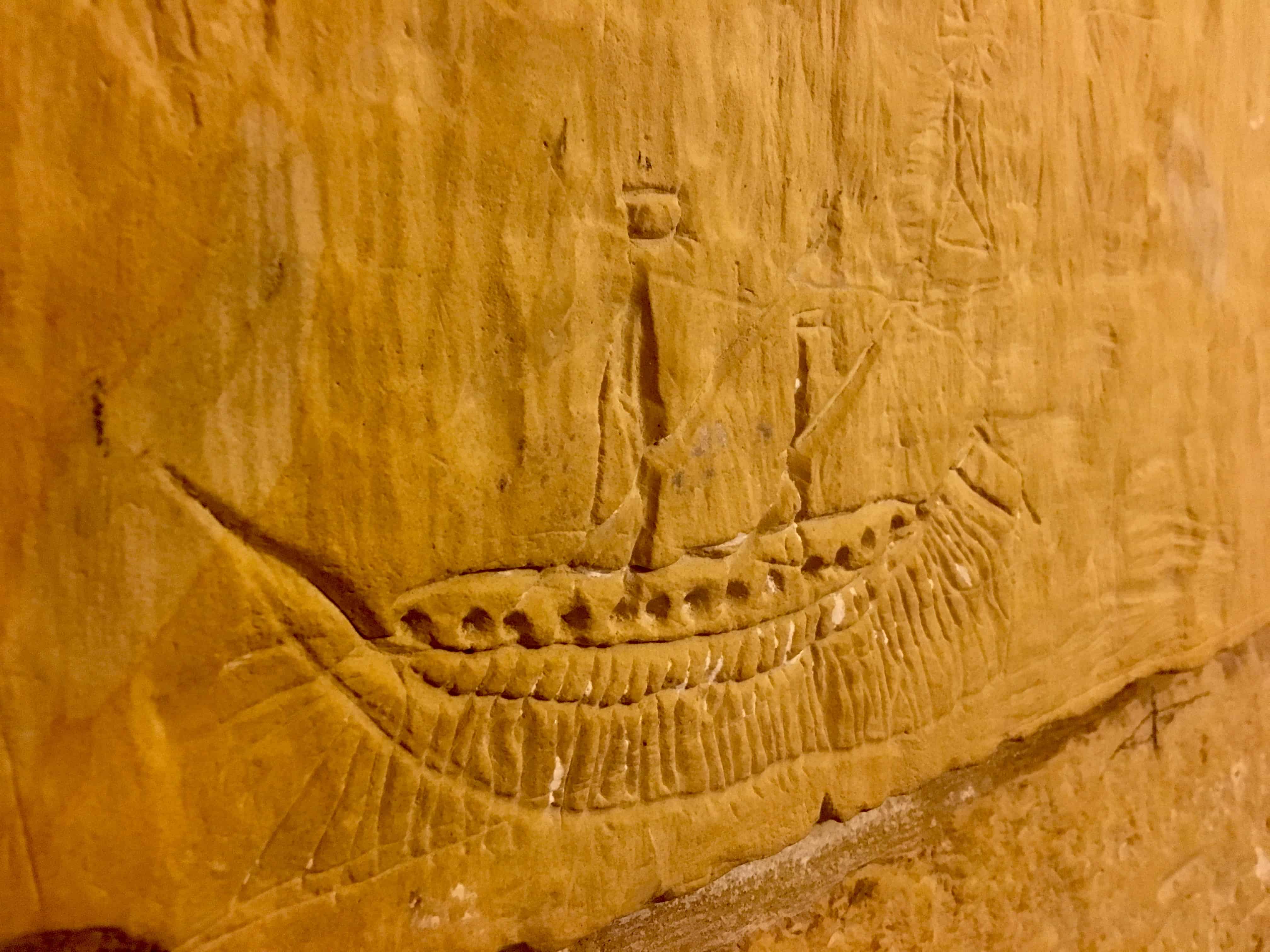
The prison was in use from the mid-16th century right through until 1962, at one stage even hosting Jean Parisot de Valette, the man who would go on to become the Grand Master of the Order of Malta and commission the building of the great city named for him, Valletta (the guy had a temper though, he was locked up in 1538 for attacking a man).
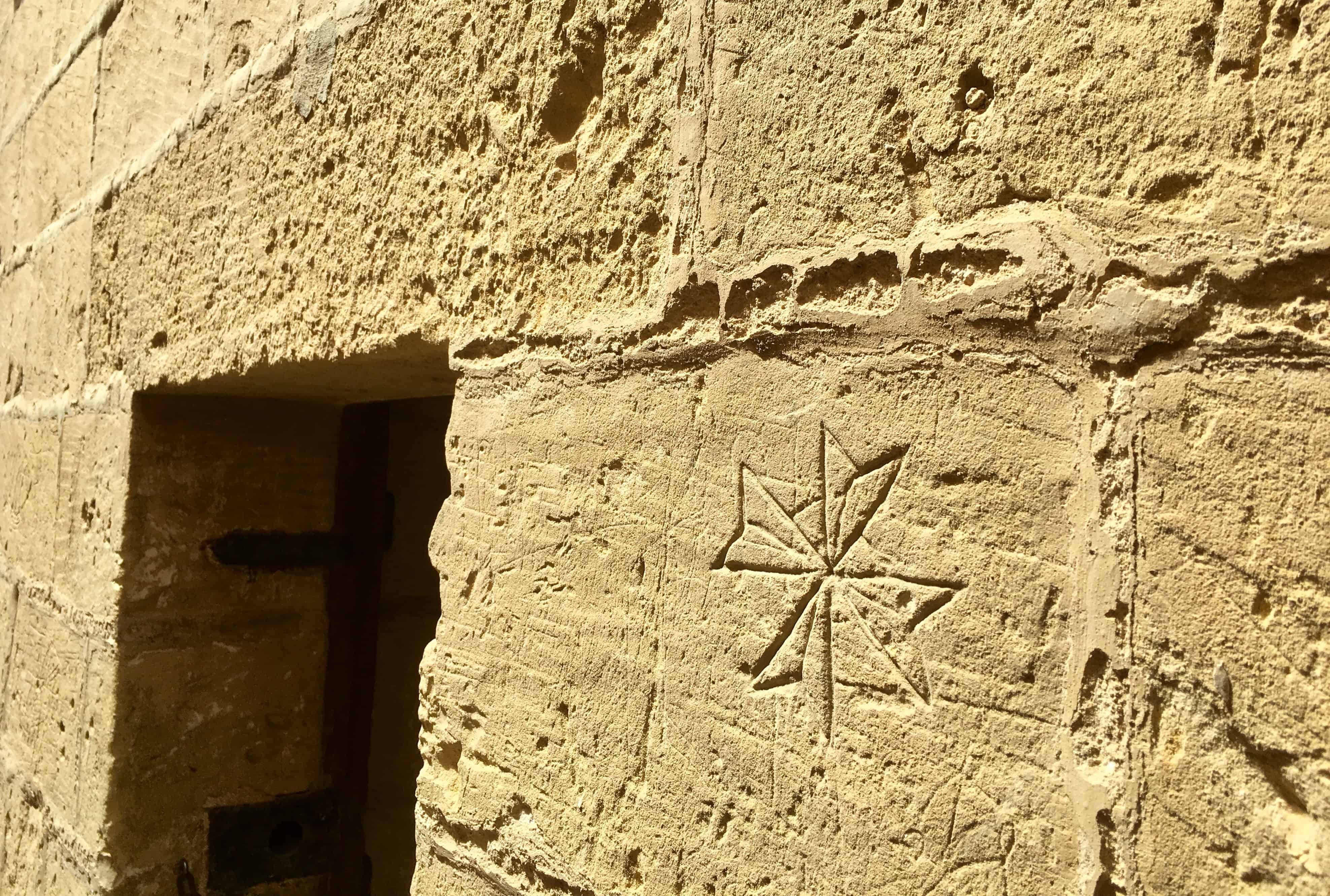
8. A dome to write home about
Dominating the small town of Mosta on Malta, the beautiful golden stone Church of the Assumption of our Lady was built in the mid-1800s, taking its inspiration from Rome’s Pantheon. Like the Pantheon, it boasts a huge unsupported dome, the third biggest in the world, no less.
What makes this vast construction even more enthralling, beyond its nine-metre-thick walls and soaring roof, is the story of its miraculous survival: one afternoon in 1942, a Luftwaffe bomb smashed through the dome and landed in the middle of the congregation…without exploding. The hallelujahs must have been great that day.
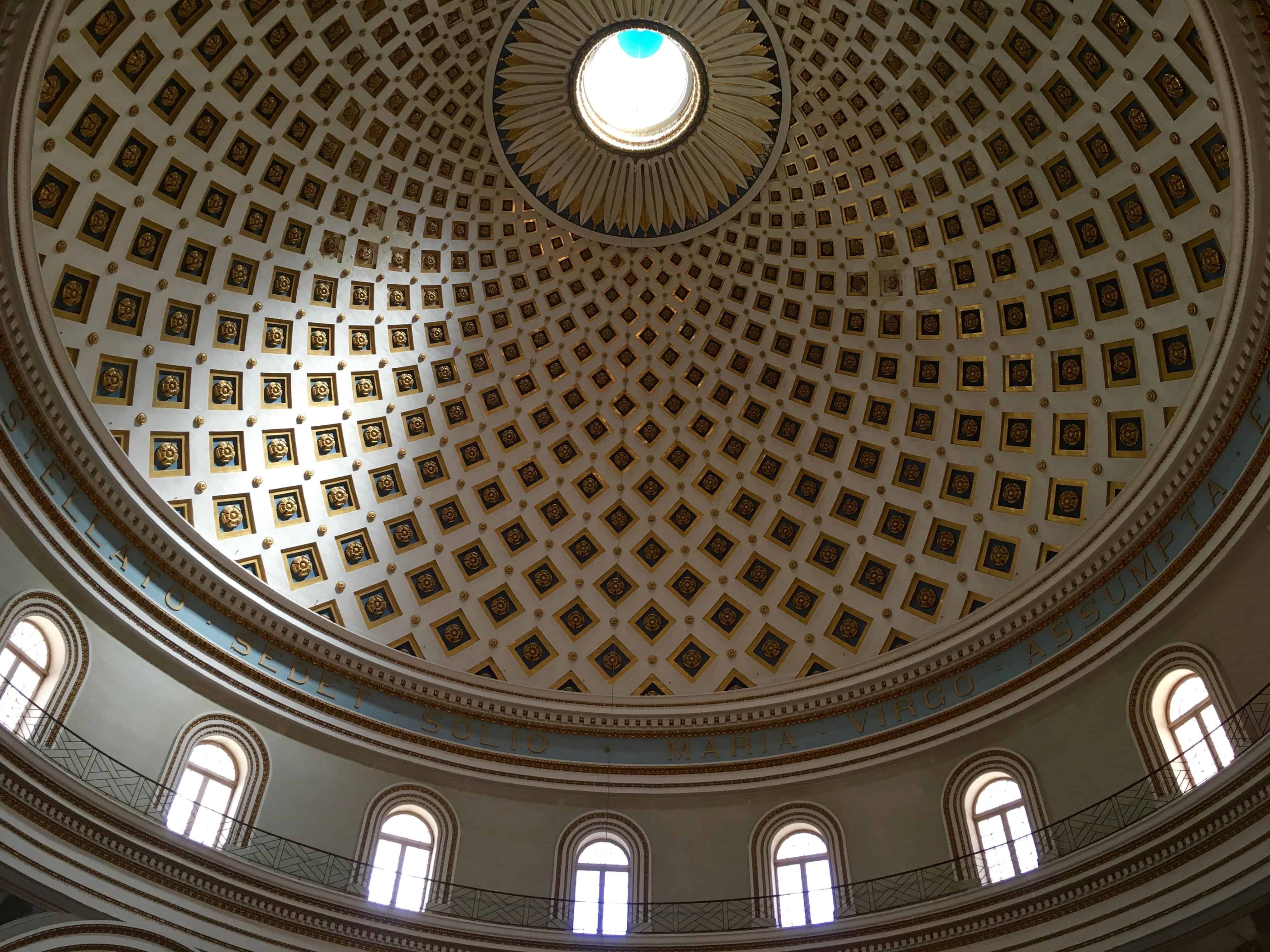
9. A conference centre with a twist
A surprise appearance on our must-see list, the Mediterranean Conference Centre near Fort St Elmo on Malta has a remarkable past. Next to and below the walls of the modern auditorium are the long halls of the 16th century Sacra Infermeria, the great hospital where the Order of St John, the Knights Hospitaller, cared for Maltese people and pilgrims. Charitable perhaps, but a class system was firmly in place: knights and wealthy folk were upstairs with private beds and loos while poor people were crammed onto shared beds in the basement.
The hospital was a pioneer though in the prevention and treatment of illness, and was in operation right up to WWI. We learn about this and more recent historical highlights on an entertaining tour that also includes the slightly naff but insightful audio-visual show, Malta Experience.
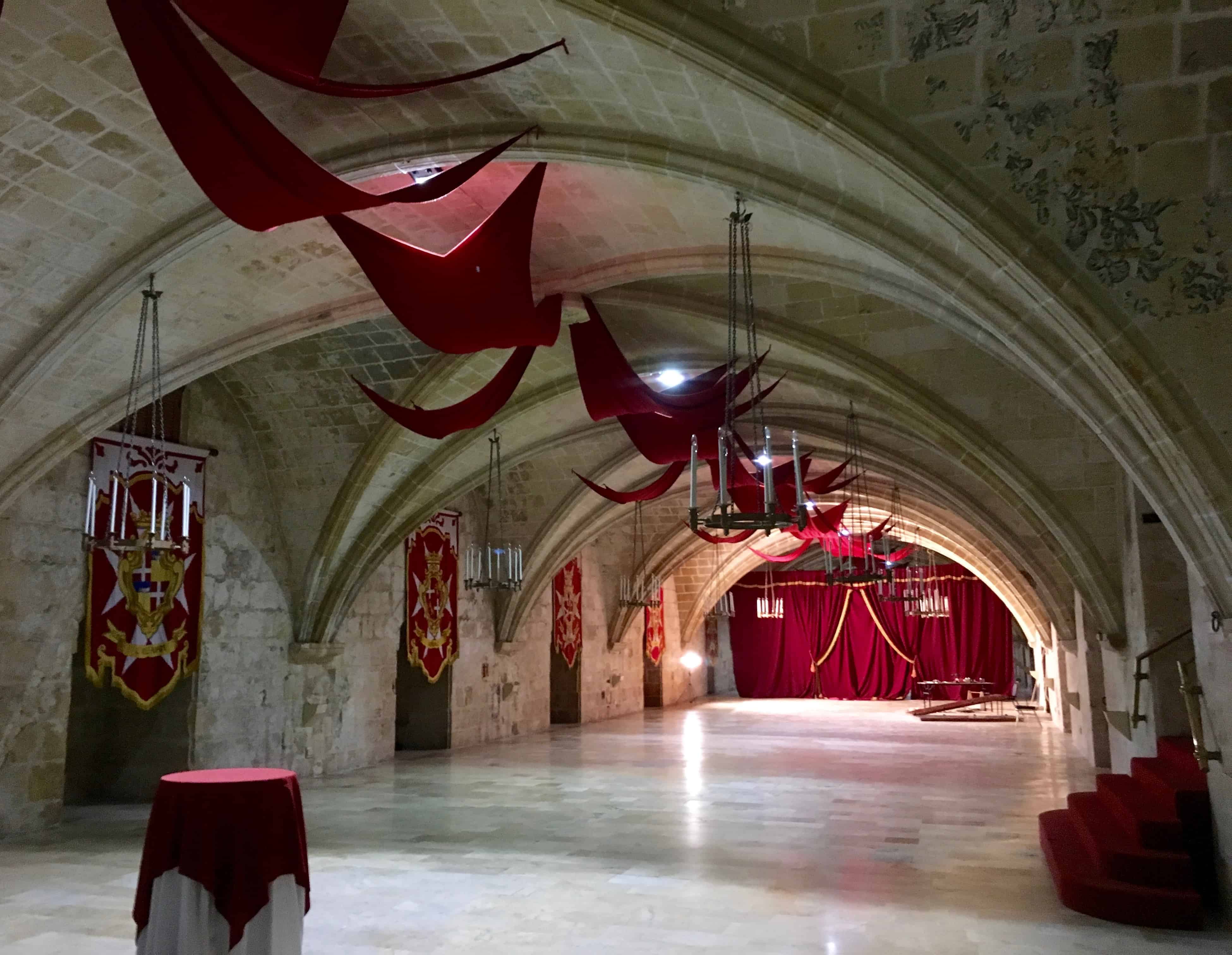
Which brings us back to the present. Of course, between the Ghar Dalam Cave and the Mediterranean Conference Centre, you’ll find Malta’s age-old history on show just about everywhere you look. If it’s all too much though, there’s always the beach. And a Full English breakfast.
Good to know
Malta facts: Malta is made up of three islands: Malta, Gozo and Comino. Malta proper is the most populated island, home to the capital Valletta and several historic cities, as well as major coastal resort towns such as Sliema and St Julians. The island of Gozo offers a smaller, quieter and more local pace, with plenty of historic and natural sites. Comino is a tiny lump of rock between the two, with one resort hotel and lots of boating day-trippers.
Getting around: The Gozo Channel Company runs regular 20-minute ferries between Malta and Gozo, while Comino is serviced by ferry and boat excursions. There are good bus networks around both Malta and Gozo and we travelled to a number of the sites above by public bus on both islands. Buses, however, can be intermittent, packed and painfully slow. If you want to access some of the islands’ more out-of-the-way destinations or you just want flexibility, hire a car. We did this for one day on each island – through our hotel on Malta and directly on Gozo. Both cars were small, roughed-up and relatively cheap. One day on each island was all we needed to cover everything we couldn’t do easily by bus.
Join us as we trade Malta’s roads for its sea in our post: Gozo’s underwater wonders. Or check out our photo gallery from these timeworn islands.

What a write-up! It’s so exciting re-exploring places we’ve travelled to through your creative eyes … and, likewise, reading about new places for the bucket list! Keep it coming! Oh – and let me know when you’re happy for me to share your blog with friends & family
Thanks so much Gill, we’ve always enjoyed swapping travel tales with you guys! Very happy for you to share the blog, please do!